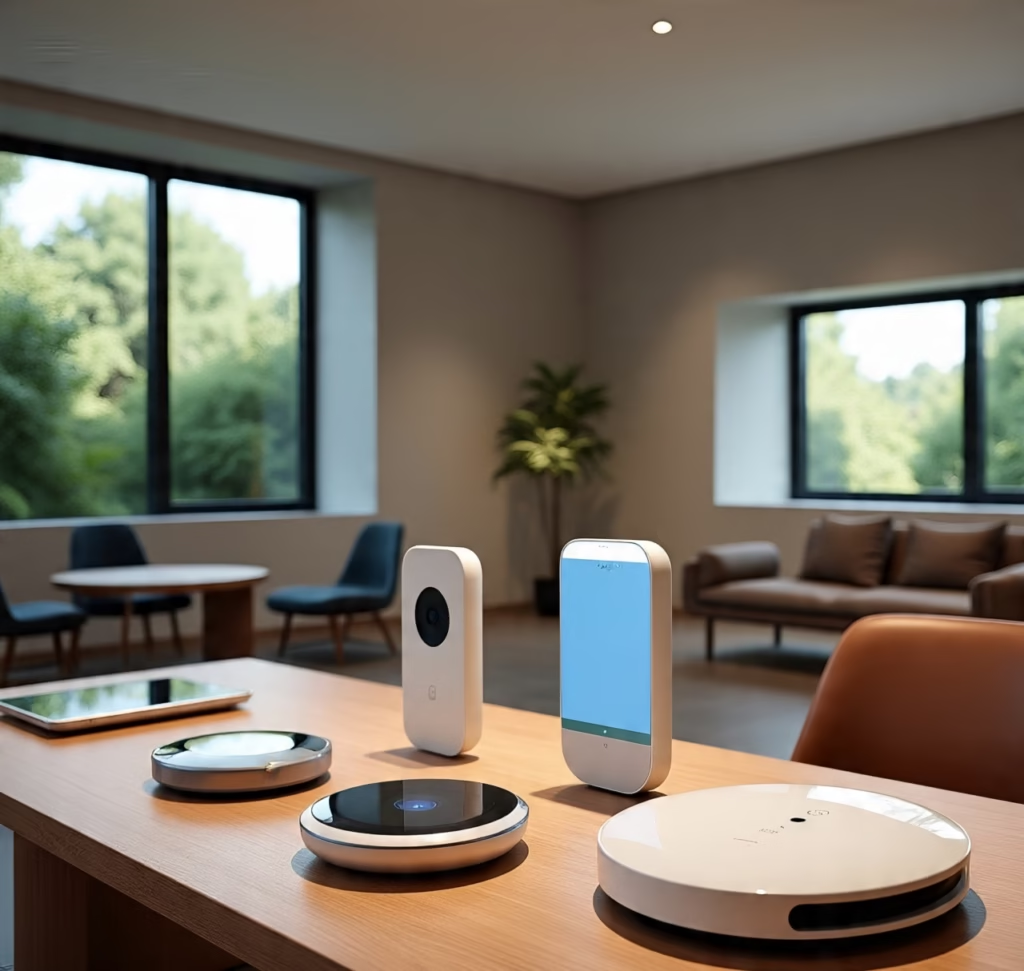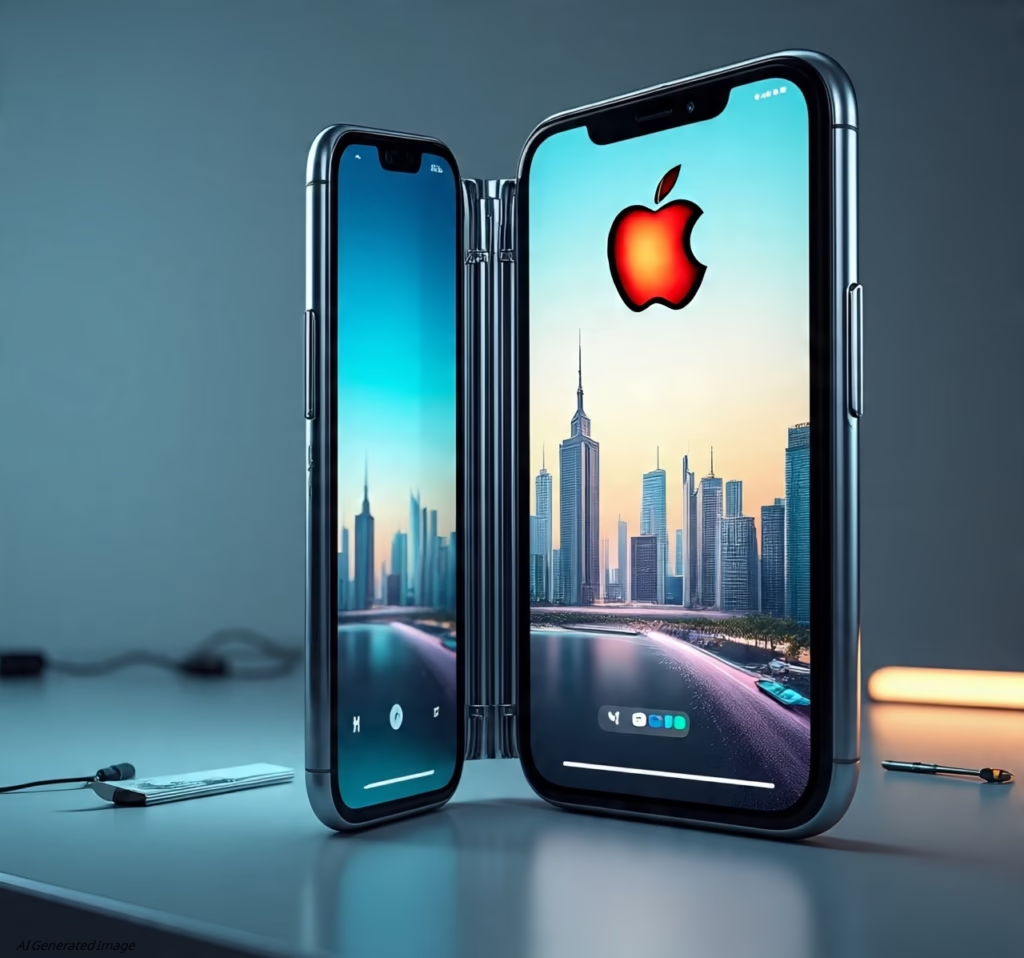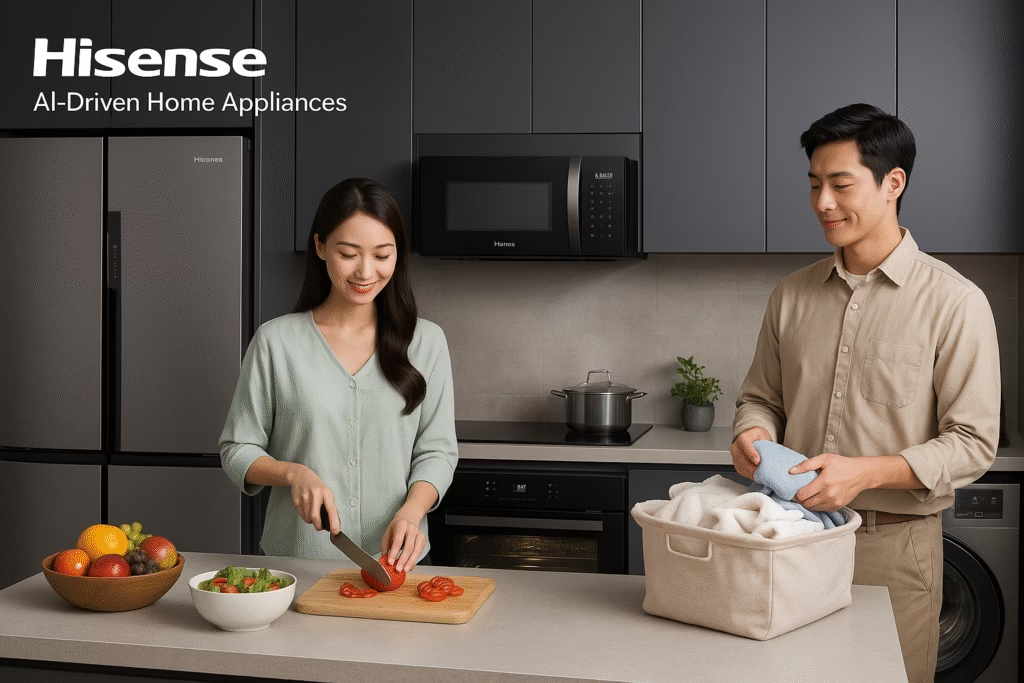Inside Apple’s Smart Home Revolution: AI, Home Security, and the Future of Connected Living
In the not-so-distant past, a “connected home” meant a voice assistant that could tell you the weather or turn on the lights if you begged nicely and didn’t mind a few errors. In 2025, Apple is rewriting that story, blending deep AI, privacy-first thinking, and elegant hardware for a new generation of smart living. If you’re wondering whether it’s just hype or a genuine leap forward, this expert deep dive will make sense of Apple’s ambitious smart home ecosystem and what it means for your family, your routines, and your sense of security.
Why Smart Homes Matter Now and Apple’s New Ambition
It’s 7pm on a humid Mumbai evening. You walk in the door, and your home recognizes you. Gentle lighting welcomes you, the AC sets itself, and your favorite playlist drifts across the kitchen all tuned to you, not a generic user profile. For parents, solo techies, or aging relatives, the dream of a truly intelligent, personal, and secure home is finally within reach.
Why the timing?
- Remote work and hybrid living have turned homes into command centers.
- Security and privacy headlines keep everyone cautious about Big Tech in the home.
- Generative AI is driving a demand for systems that anticipate needs, not just react to commands.
Apple is betting big, positioning “Apple smart home ecosystem,” “AI in home devices,” and “home security future” at the top of its 2025 innovation story.
Smart Display ‘J490’: The Hub of the Apple Home
Charismatic OS A Family-First Smart Display
Apple’s centerpiece, codenamed J490, offers much more than music streaming or instant recipe guides. Its Charismatic OS is purpose-built for shared spaces: it knows who’s speaking, adapts the interface to each family member, and stays on top of context like whether your kids are home or a guest is arriving.
How is Charismatic different from iOS?
- Multi-user login: Each member sees their own calendars, messages, and suggested routines.
- Voice-first navigation: You rarely need to touch the screen. “Show my reminders,” “call grandma,” or “turn down the hallway lights”—it listens, understands, and answers in context.
- Family dashboard: See everyone’s location, current activity (like music or video calls), and even assign household tasks.
What will J490 offer families?
- Custom face recognition (for safe, seamless switching)
- Room-aware notifications (the kitchen display won’t show your work emails, but your home office’s will)
- Dynamic privacy zones (kids can use it, but certain controls are parent-only)
- Device orchestration—control every HomeKit-compatible accessory with ease
For Apple’s official overview and device updates, see the Apple Smart Home page.
Tabletop Robot ‘J595’: The Evolution of Home Assistants
Beyond Smart Speakers A Moving, Smiling Companion
Think of the J595 tabletop robot as equal parts helper and housemate. It’s a “moving display” a roving assistant that recognizes family members, navigates to you for reminders, and uses expressive “faces” on its display to signal emotions or urgency.
Fan out Queries:
- When will Apple’s home robot launch?
Apple is expected to unveil J595 for preorder in late 2025, with shipments in key markets in time for the holidays. - What makes it special compared to Amazon’s Astro?
Unlike Astro, which has been called a “robotic iPad on wheels,” J595 features next-level facial recognition, safe navigation around pets or toys, and a learning AI personality that adapts to your routines and moods. - What can the robot do?
- Escort a guest from entrance to living room
- Alert you if a window is left open
- Perform “patrol” security sweeps at night
- Serve as a moveable video call station
Official details: Apple Home Devices | Amazon Astro Product Page
AI-Powered Home Security: Competing with Ring and Nest
A New Standard for Intelligence and Privacy
Security isn’t an afterthought—it’s at the heart of Apple’s connected home. The AI-driven security camera line uses onboard processing for instant facial recognition (identifying family, friends, or strangers), package detection, and activity zones, all without sending personal images to the cloud by default.
Apple vs. Ring and Nest:
- Privacy as a differentiator: Apple’s system encrypts footage end-to-end even Apple can’t view your recordings unless you share them.
- Edge AI: Video analysis happens on-device no cloud lag, less risk of leaks.
- Integration: Cameras talk with door locks, lights, and the J595 robot for seamless, automated responses.
Common Queries:
- Does Apple make a video doorbell? Yes fully integrated with Apple TV and mobile notifications.
- How is face recognition handled? AI models trained for accuracy, with regular privacy updates and user review/confirmation of new faces.
- Can I use third-party devices? Apple’s HomeKit Secure Video works with select third-party cameras with Apple’s privacy standards.
Discover more on safeguarding your home at Apple Privacy Policy and compare leading products at Ring and Google Nest.
Apple Intelligence and Siri: The Future of Voice in the Smart Home
Smarter, More Personal, and Private by Design
Apple’s 2025 “Apple Intelligence” upgrade brings generative AI and advanced personalization across its smart home devices. Siri now remembers routines (“turn lights red for movie night”), adapts to your nickname preferences, and can orchestrate complex automations: “When the kids get home and it’s after sunset, turn on the porch light and send me a photo.”
What makes Siri different now?
- On-device processing: Your home data never leaves unless you want it to.
- Proactive assistance: Siri will ask, “It’s raining should I delay the sprinklers?” or warn if you forgot to arm the alarm when leaving.
- Home privacy controls: Choose how much Siri learns, what stays local, and what you consent to sync.
Fan out Queries:
- Will Apple’s AI be better than Alexa or Google Home? The focus is on privacy, natively supporting complex, multi-user households.
- How does Apple protect data? With new Secure Enclave extensions and annual transparency reports.
For technical details and privacy principles, visit Apple’s AI announcement and Apple’s privacy policy updates.
Strategic Expansion and Market Impact
Why Apple’s Bold Move Matters Now
Apple isn’t just chasing the smart home market it’s aiming to own the ecosystem. With smart displays and robots, Apple is closing the gap with Amazon and Google, while using AI and privacy to stand apart.
Market Context:
- Apple smart home market share: Now over 21% in the US, closing in on Google’s 24% and Amazon’s 29%.
- Generative AI revenue projections: By 2027, smart home segment expected to contribute $12B+ in annual services and device revenue.
- Differentiators: Seamless experience across Apple devices, “privacy-first” branding, and controlled hardware/software integration.
- Industry impact: Third-party device makers are now prioritizing HomeKit support.
Fan out Queries:
- Is Apple catching up to Google and Amazon? Experts point to Apple’s late but focused push as a blueprint for “quality-over-quantity” in smart home devices.
- How does Apple make money? Hardware sales, service subscriptions, and partner “Made for HomeKit” certifications.
For in-depth analysis, see Apple Investor Relations and Statista Smart Home Market Data.
Practical Guide: Getting Ready for Apple’s Smart Home Products
Tips for Families and Early Adopters
1. Evaluate Your Needs:
- Multi-user homes? J490 makes sense.
- Frequent travelers? Invest in AI security cameras and the robot hub.
- Apple ecosystem loyalists? Expect seamless handoff between iPhone, Watch, HomePod, and your new devices.
2. Key Steps to Prepare:
- Check HomeKit compatibility of existing smart plugs, bulbs, and sensors.
- Pre-register on Apple Support for launch-day setup guides.
- Plan Wi-Fi upgrades AI-powered systems need robust, secure connectivity.
3. Rollout Timeline:
- Smart Display ‘J490’: Preorders mid-Q3, general release Q4 2025.
- Tabletop Robot ‘J595’: Expected Q4 2025, select countries first.
- AI Home Security: Rolling update to HomeKit Secure Video; new hardware available from September.
4. “Should I invest now or wait?”
- Early adopters benefit from introductory pricing and firsthand feedback.
- Budget-conscious? Wait for version 2.0 and price drops as third-party devices catch up.
Trusted reviews and how-tos: The Verge Smart Home Guides, MacRumors Apple HomeKit Setup.
FAQs and Future Trends
1. When will Apple Home’s generative AI features be fully available?
Most capabilities go live December 2025 in the US/Europe, with rolling expansions elsewhere.
2. Will older iOS devices work as smart home hubs?
Yes—older iPads/iPhones with iOS 19+ can act as local hubs, but new features depend on hardware.
3. How does Apple handle multiple users in one home?
Charismatic OS supports facial and voice recognition to load personal profiles for routines, reminders, and device access.
4. Can Apple’s security cameras replace Ring or Nest?
For iOS-centric homes, yes—integration, encryption, and seamless alerts outshine most competitors.
5. How is data privacy maintained?
Most video, audio, and user data are processed on-device using Apple’s Secure Enclave; cloud backups are opt-in, encrypted.
6. Can J595 robot be used for senior care or accessibility?
Yes, with features like fall detection, medication reminders, and check-in video calls for caregivers.
7. Are Apple’s smart home devices compatible with Matter?
Absolutely. HomeKit devices and new products support Matter for broad interoperability.
8. Will Apple’s AI make proactive suggestions?
Yes—like Siri, Charismatic OS uses on-device learning to suggest schedules, detect issues, and flag anomalies.
9. Is there a monthly subscription for full smart home features?
Most advanced automations and video storage require a family AppleOne or HomeKit Secure Video plan, with basic functions free.
10. What if I want to mix Apple, Google, and Amazon devices?
Matter standardization means most basic automations and device control will work, but advanced AI and privacy features remain Apple-exclusive.
For broader community answers: Apple Discussions Forums.
Conclusion: Building Homes That Truly Understand Us
Apple’s smart home revolution isn’t just an upgrade it’s a philosophical pivot. With AI that’s more than just “smart,” integration that puts humans (not Big Tech) in the center, and security that you can actually explain to your parents, Apple is betting that connection should always be personal, useful, and safe.
As we welcome this new era, the question isn’t just “How smart is your home?” but “How much does it work for you and your family?” If you’re setting up your first home, upgrading your family’s day-to-day, or helping parents age in place, now’s the time to pay attention.
Have you tried Apple’s new smart home products, or are you eagerly waiting? Share your real-life questions, victories, or pitfalls below—your story could shape how tech meets human needs in the next generation of connected living.
For further reading on lifestyle and technology, check out Counterpoint: Ultimate Apple Ecosystem Lock-in
Keywords: Apple smart home ecosystem, Apple Charismatic OS, Apple J490 smart display, Apple J595 home robot, Apple AI home devices, AI in home automation, Apple home security cameras, Apple vs Ring vs Nest, Siri smart home personalization, Apple Intelligence smart home, privacy-focused home security, Apple HomeKit Secure Video, Apple smart home market share, Apple generative AI features, Matter smart home compatibility, Apple tabletop robot features, AI-driven home security, Apple multi-user smart home, Apple home automation setup, Apple connected living future
Disclaimer: Transparency is important to us! This blog post was generated with the help of an AI writing tool. Our team has carefully reviewed and fact-checked the content to ensure it meets our standards for accuracy and helpfulness. We believe in the power of AI to enhance content creation, but human oversight is essential.




